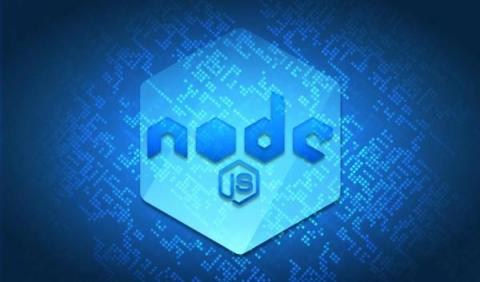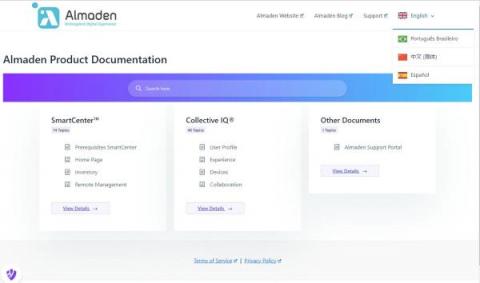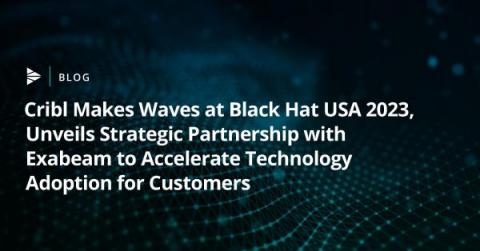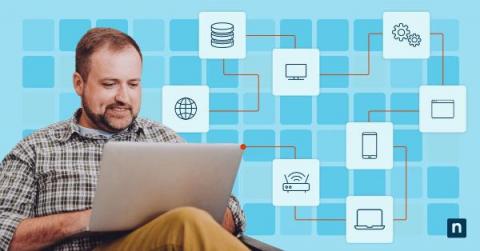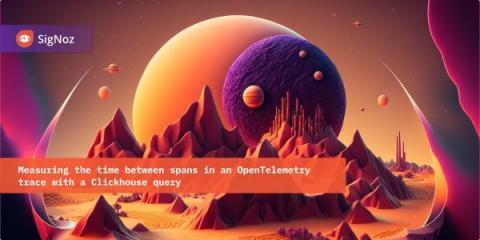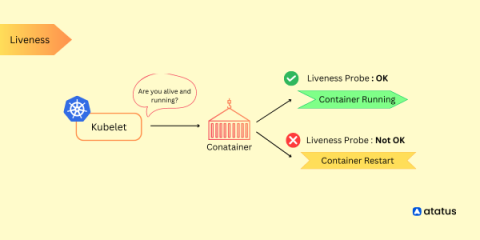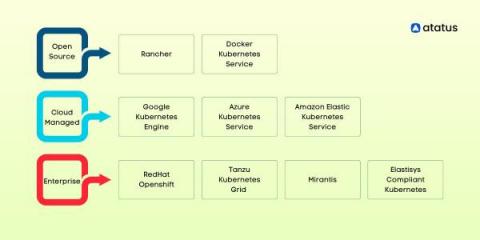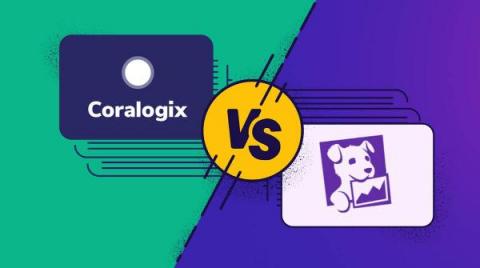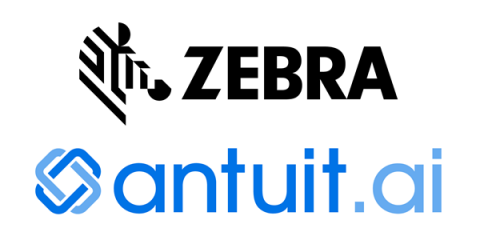Three Code Instrumentation Patterns To Improve Your Node.js Debugging Productivity
In this age of complex software systems, code instrumentation patterns define specific approaches to debugging various anomalies in business logic. These approaches offer more options beyond the built-in debuggers to improve developer productivity, ultimately creating a positive impact on the software’s commercial performance. In this post, let’s examine the various code instrumentation patterns for Node.js.


